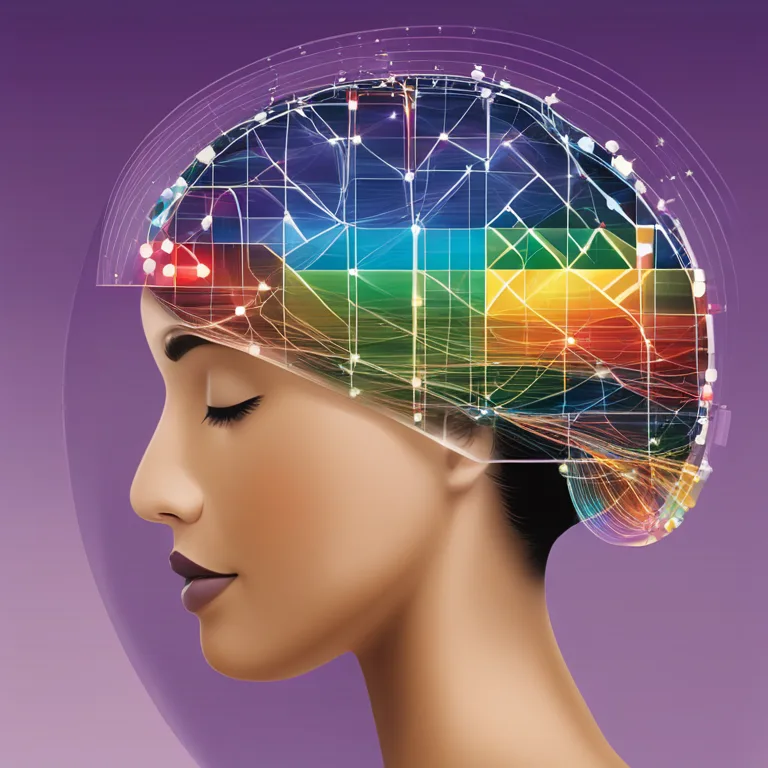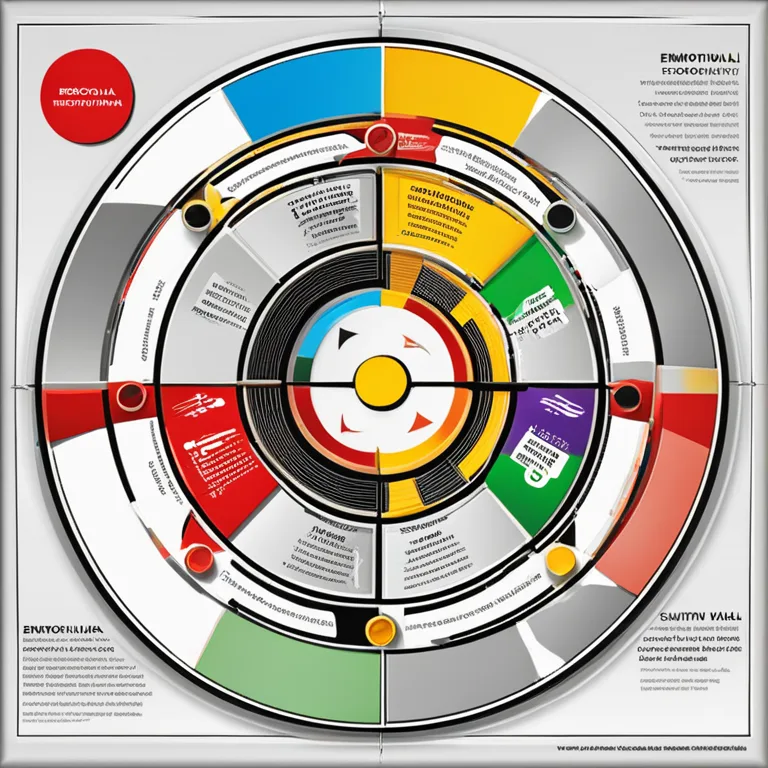
Biorhythm Cycles and Daily Life Impact
Delve into the intricacies of biorhythms and discover examples of how they might influence your day-to-day life with scientific insights and personal applications.
article by Adrian Wallace
Introduction to Biorhythms
Long believed to affect personal well-being, biorhythms are hypothetical cycles that purportedly regulate various aspects of human behavior and performance. Coined from the Greek words 'bios' and 'rhythmos', biorhythms translate to 'life' and 'rhythm'. The theory suggests that from the moment of birth, three primary cycles—the physical, emotional, and intellectual—ebb and flow in predictable patterns, influencing our capabilities. Adherents of this concept note that by understanding our unique biorhythm patterns, we might better navigate daily tasks and challenges.

Physical Biorhythm
The physical biorhythm operates on a 23-day cycle, influencing strength, coordination, and overall physical state. It's said that when this cycle is at a high point, we may feel energized, robust, and more inclined to physical activities. Conversely, during a low phase, we might experience sluggishness or a decreased immunity. This ebb and flow suggest that the timing of athletic events or decisions to undertake significant physical tasks could benefit from consideration of one's physical biorhythm cycle.

Emotional Biorhythm
With a 28-day circuit, the emotional biorhythm dictates the mood and emotional stability. Feeling positive, empathetic, and emotionally resilient might imply that one is on a high swing of the emotional biorhythm. In contrast, during a downturn in this cycle, individuals may be more susceptible to emotional turbulence or a sense of apathy. Recognizing the path of this biorhythm can be integral in managing relationships and emotional responses.

Intellectual Biorhythm
The intellectual cycle, charting a 33-day course, is believed to affect cognitive functions such as analytical thinking, memory, and alertness. At its peak, mental acuity is presumed to be heightened, making it a potentially advantageous time for problem-solving or learning new skills. When in a low phase, one might find it more challenging to concentrate or absorb complex information. This cycle can offer perspective on scheduling tasks demanding high mental focus or making crucial decisions.

Biorhythm Compatibility
An extension of biorhythm theory pertains to compatibility between individuals. It postulates that by comparing cycles, one can anticipate harmony or discord in personal and professional relationships. Partners whose cycles are in sync may experience greater empathy and collaboration, whereas out-of-phase cycles might predict potential conflicts. This comparison has led to biorhythms being factored into relationship counseling and team-building strategies.
Scientific Scrutiny
Despite its popular appeal, biorhythms have faced scientific scrutiny and skepticism. Studies have yet to conclusively support the idea that these cycles accurately predict performance or align with physiological changes. Critics often regard biorhythm theory as a pseudoscience, citing a lack of empirical evidence. Nevertheless, some individuals continue to find personal value in tracking their biorhythms as a self-reflection tool.
Modern-Day Applications
The digital age has given rise to biorhythm calculators and smartphone apps, offering users a convenient way to track their cycles. With the incorporation of algorithms and big data, the contemporary approach to biorhythms may combine traditional concepts with personal health and activity data, aiming for more tailored insights.
Published: 12/28/2023
Modified: 12/28/2023
More predictions
Come back here soon to learn more about yourself and your future


Navigating Biorhythm Cycles
Explore the concept of biorhythms, their cycles, and examples of how they influence our daily lives.


Exploring Human Biorhythmic Cycles
Explore the fascinating concept of biorhythms and their influence on physical, emotional, and intellectual faculties in humans.


Biorhythms In Humans Explored
Exploring the concept of biorhythms and their influence on human behavior and physical states.